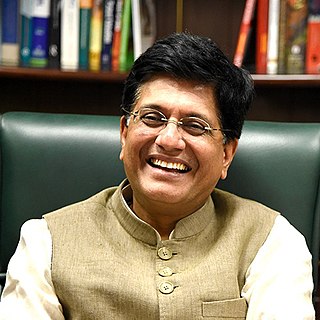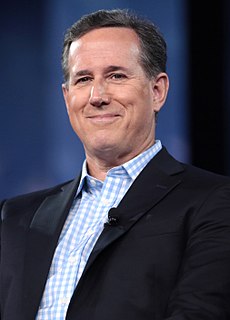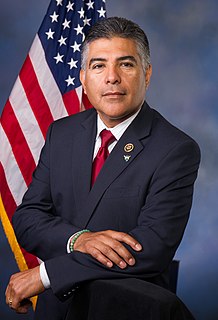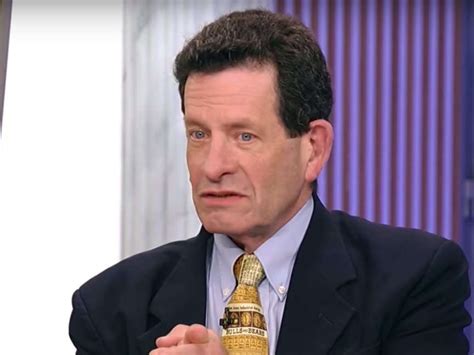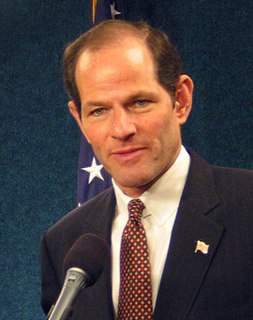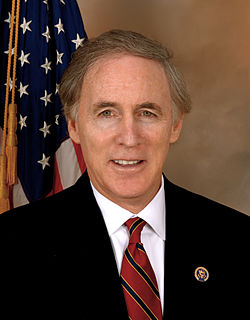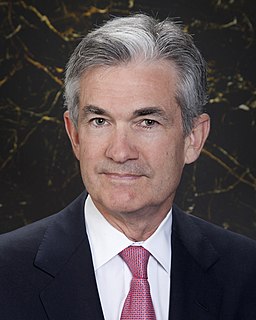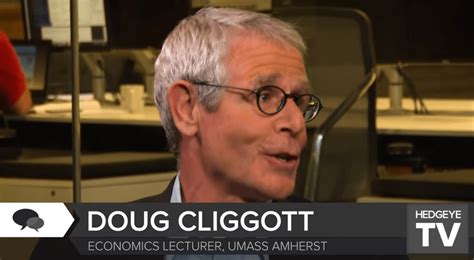Top 979 Rates Quotes & Sayings
Explore popular Rates quotes.
Last updated on April 14, 2025.
A higher IOER rate encourages banks to raise the interest rates they charge, putting upward pressure on market interest rates regardless of the level of reserves in the banking sector. While adjusting the IOER rate is an effective way to move market interest rates when reserves are plentiful, federal funds have generally traded below this rate.
Ultimately, I would like to say yes, conditions have improved, but there is still vast room for more improvement; we are still the poorest of the poor. And we are still statistically considered to be extremely disrupted culturally, and have extreme health needs in many areas, as well as high suicide rates and infant mortality rates.
Workplace relations is about getting the best out of people. An argument which says that the only way we can compete with other nations in the world is engaging in a race to the bottom in terms of pay rates, penalty rates, protections on rosters, getting rid of family friendly provisions - that is not Australia's future.
I actually believe that some residue of discrimination would lessen, because it's my view that there is a certain percentage of the white population that stereotypes and makes assumptions about African Americans because they don't inject the history of slavery and Jim Crow into current incarceration rates, or crime rates, or poverty rates, or what have you.
The key is if the economic data stays soft, maybe we don't have to worry much about interest rates anymore. Then we need to worry about earnings. What gave us a really strong move in stock prices from late May until about two weeks ago was this heightened optimism that maybe interest rates are at that high. That gave you a relief rally. Now reality is setting in - if we've seen the worst on interest rates then we've seen the best on earnings.
